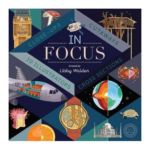
Ten illustrators place ten subjects under the microscope to help readers look beneath the surface.

Ten illustrators place ten subjects under the microscope to help readers look beneath the surface.
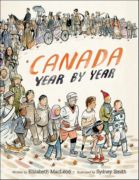
A unique look at Canadian history, Candad year by year captures these milestones and many more.
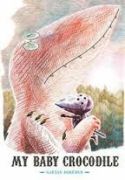
Take a whirlwind trip around the world! Metropolis explores the sights, sounds, and tastes of 34 of the greatest cities on earth.
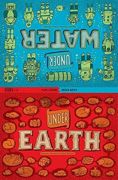
Dive below the surface and find out what happens under earth and under sea from early submarines and deep-sea life to burrowing animals and man-made tunnels.
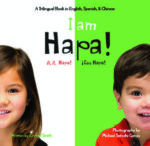
Hapa, a term originates in Hawaii, is used to describe a person of partial Asian or Pacific Islander descent. Today, the multiracial population in the United States is growing faster than at any other time in history.
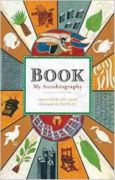
Books are one of humankind’s greatest forms of expression, and now Book, in a witty, idiosyncratic voice, tells us the inside story. A wonderfully eccentric character with strong opinions and a poetic turn of phrase, Book tells of a journey from papyrus scrolls to medieval manuscripts to printed paper and beyond—pondering, along the way, many bookish things, including the evolution of the alphabet, the library (known to Egyptians as “the healing place of the soul”), and even book burning.

A lively, intelligent, and witty survey of the world’s major religions (Judaism, Christianity, Islam, Hinduism and Buddhism). Dutch comics artist De Heer is openly curious and questioning but remains respectful in this entertaining, informative, and provocative overview.
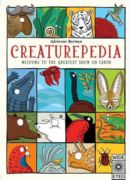
Welcome to this collection of best-loved animals from all over the world, chosen for their special talents and characteristics, with fun illustrations by Adrienne Barman. Meet ‘the architects’, the ‘noisy neighbors’, the ‘homebodies’, the ‘forever faithfuls’, the ‘champions of forgetfulness’ and more in this alphabetically ordered encyclopedia.

A literary graphic novel unlike anything else on the racks, 750 Years tells the story of our time, focusing on one single building in France as it sees its way through the upheavals of history. Beginning in the thirteenth century and making its way towards today, this historically accurate story is the eagerly anticipated debut from Vincent Mahé.
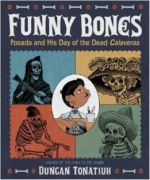
Funny Bones tells the story of how the amusing calaveras—skeletons performing various everyday or festive activities—came to be. They are the creation of Mexican artist José Guadalupe (Lupe) Posada (1852–1913). In a country that was not known for freedom of speech, he first drew political cartoons, much to the amusement of the local population but not the politicians. He continued to draw cartoons throughout much of his life, but he is best known today for his calavera drawings.
Join the discussion of Funny Bones as well as other books centered around relocation on our My Take/Your Take page.